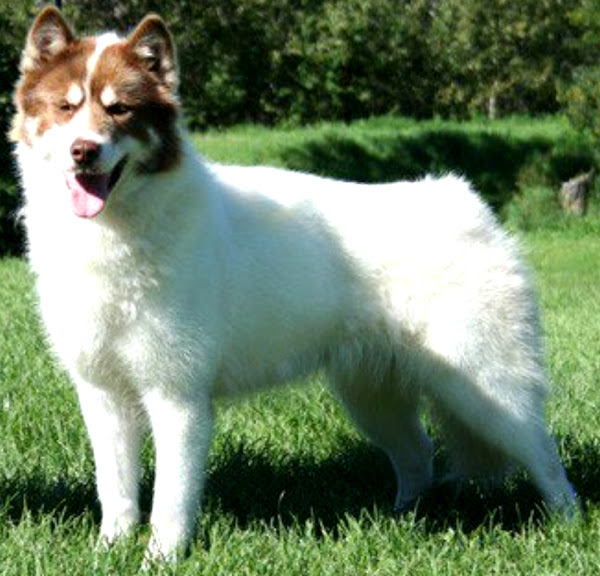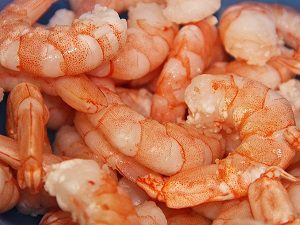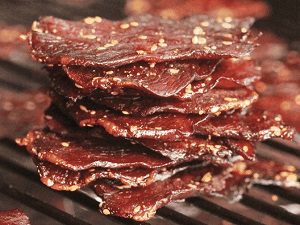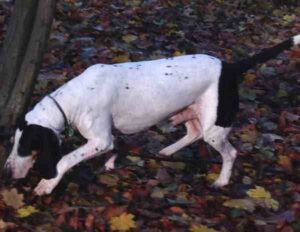The Canadian Eskimo dog is an Arctic breed of working dog. It is a large breed with very beautiful appearance. It is also known by some other names. It’s other names include Canadian Inuit Dog, Qimmiq, Qimmit, Canadian Husky, C. familiaris borealis, Exquimaux Husky and Kingmik.
The Canadian Eskimo dog breed is currently threatened with extinction, with a 2008 estimate of only 300 purebred dogs. Although once used as the preferred method of transportation by Inuit in the Canadian Arctic, by the 1960s traditional working dog teams became increasingly rare in the North.
Contributing factors to the breed’s decline include the increasing popularity of snowmobiles for transportation and the spread of infectious canine diseases. Controversy surrounds the intentional killings of a debated number of Inuit sled dogs between 1950 and 1970 by the Royal Canadian Mounted Police, as well as recent efforts to increase the breed’s population.[1]
The Canadian Eskimo dog dates back as far as 4,000 years ago to the Inuit or Eskimo people. They were bred for pulling sleds and helping the Inuits hunt.
Canadian Eskimo Dog Characteristics
The Canadian Eskimo dogs are large in size with very beautiful appearance. They should always be powerfully built, athletic, and imposing in appearance. It should be of “powerful physique giving the impression that he is not built for speed but rather for hard work.”
As is typical of spitz breeds, the Canadian Eskimo dog has erect, triangular ears, and a heavily feathered tail that is carried over it’s back. The males should be distinctly more masculine than the females, who are finer boned, smaller, and often have a slightly shorter coat.
The coat of the Canadian Eskimo dog is very thick and dense, with a soft undercoat and stiff, coarse guard hairs. It has a mane of thick fur around it’s neck, which is quite impressive in the males and adds an illusion of additional size.
The Canadian Eskimo dogs can be of almost any color, and no one color or color pattern should dominate. Solid white dogs are often seen, as well as white dogs with patches of another color on the head or both body and head.
Solod silver or black colored dogs are common as well. Many of the solid colored dogs have white mask-like markings on the face, sometimes with spots over the eyes. While, others might have white socks and nose stripes with no eye spots or mask.
Average body height of the mature Canadian Eskimo dog is between 23 and 28 inches at the withers for males, and between 20 and 24 inches for females. Average live body weight of the mature male dogs is between 30 and 40 kg, and between 18 and 30 kg for the females.

Temperament
The Canadian Eskimo dogs are working dogs. They are highly pack oriented and will challenge their guardians. They are generally friendly to people but are aggressive to dogs outside their pack and may fight, especially if not worked.
They are high-energy dogs. And they are destructive chewers and diggers. They pull on a leash owing to their working heritage.
Temperament of the Canadian Eskimo dog reflects it’s original work and environment. It is loyal, tough, brave, alert and very intelligent. It is affectionate and gentle, and develops a deep bond with it’s owner and is intensely loyal.
They were often required to forage and hunt for their own food, when used as sled dogs. Many dogs have stronger prey drive than some other breeds. Owing to their original environment, they take pure delight in cold weather, often preferring to sleep outside in winter. Like most spitz breeds they can be very vocal.
Lifespan
Average lifespan of the Canadian Eskimo dog is between 10 and 15 years.
Feeding
How much a mature dog eats depends on it’s size, age, build, metabolism and activity level. Dogs are individuals, just like people, and they don’t all need the same amount of food.
The Canadian Eskimo dogs are large in size and are very active. So, their diet should be formulated for a large-sized breed with high exercise needs. You can also consult with a vet in your area for better recommendations.
Caring
Taking good care of the animals is very important for raising Canadian Eskimo dogs. They are working dogs, but require human interaction and the ability to work. They do not do well with dogs outside their pack. Other pets (such as cats, birds, reptiles and rodents) should be kept away from them, as they see them as prey.
Canadian Eskimo dogs are ideal for guardians who want a large, intelligent, active dog for sledding and backpacking activities. They make poor watchdogs and poor guard dogs.
Health
The Canadian Eskimo dogs are generally healthy. But like all other dog breeds, they are also prone to certain health conditions.Their common health problems include hip dysplasia, elbow dysplasia, hypothyroidism and von Willebrand’s disease. Always try to keep good contact with a vet in your area.
| Breed Name | Canadian Eskimo Dog |
| Other Names | Also known by some other names such as Canadian Inuit Dog, Qimmiq, Qimmit, Canadian Husky, C. familiaris borealis, Exquimaux Husky and Kingmik |
| Breed Size | Large |
| Height | Between 23 and 28 inches at the withers for males, and between 20 and 24 inches for females |
| Weight | Between 30 and 40 kg for males, and between 18 and 30 kg for the females |
| Good as pets | Yes |
| Climate Tolerance | All climates |
| Color | About any color with or without special markings |
| Lifespan | Between 10 and 15 years |
| Good for children | Yes |
| Rarity | Common |
| Country of Origin | Canada |





